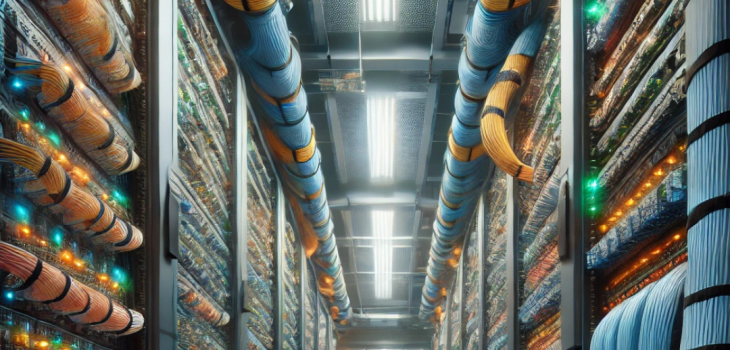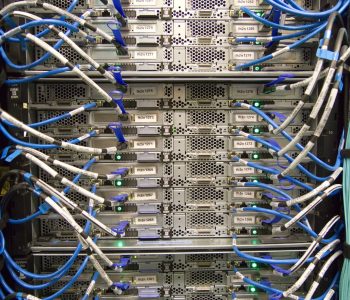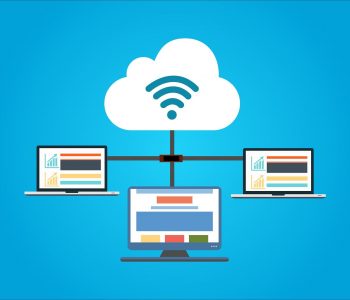 Networking
Networking
Why Structured Cabling is Essential for Smart Buildings?

Introduction
Smart buildings revolutionize the way we interact with the infrastructure, incorporating advanced techniques to enhance efficiency, safety, and convenience. The core of these innovations is structured cabling – an essential component that ensures spontaneous connectivity and communication within smart buildings. But why is the structured cable so important? Let’s find out its importance and impact.
1. Seamless Integration of Smart Devices
Smart buildings depend on a crowd of IOT (Internet of Things) equipment, including smart lighting, HVAC system, security cameras and automatic access controls. A well -employed structured cabling system enables these devices to communicate effectively, reduce delay and ensure smooth operation.
2. Enhanced Network Performance & Reliability
Unlike traditional point-to-point wiring, structured cabling creates a standardized, organized network infrastructure that reduces signal intervention and improves data transmission. This resulted in rapid internet speed, downtime decreased and overall better performance of smart building systems.
3. Scalability for Future Technologies
As technology develops, smart buildings should be compatible with new progress without significant infrastructure. The structured cables provide a scalable solution, allowing easy upgrades and expansion without disrupting the existing system. This makes it a cost -effective investment for long -term development.
4 . Efficient Power Distribution
Many smart building devices operate using power on Ethernet (POE), which enables both data and power transmission through a single cable. Structured cables facilitate POE deployment, reduce excessive wiring requirement and reduce energy consumption, making the building more energy-skilled.’
5. Improved Security & Data Protection
A structured cabling system reduces the weaknesses of the network by reducing the dislocation, preventing unauthorized access and enabling centralized network management. This increases cyber security measures, protecting important smart building data from potential hazards.
6.Cost Savings in Maintenance & Management
It is easy to manage and troubleshoot a structured cabling system, significantly lowering the cost of maintenance. Organized layout allows IT teams to quickly identify and solve connectivity issues, prevent downtime and ensure uninterrupted building operations.
Conclusion
Structured cabling is the backbone of any smart building, providing the foundation for spontaneous communication, efficient power distribution and future proof scalability.
Investment in a reliable structured cabling system not only enhances operating efficiency, but also creates buildings for the next wave of technological progress.
Do you want to integrate structured cabling in your smart building? Contact us today to learn more about our solutions.





